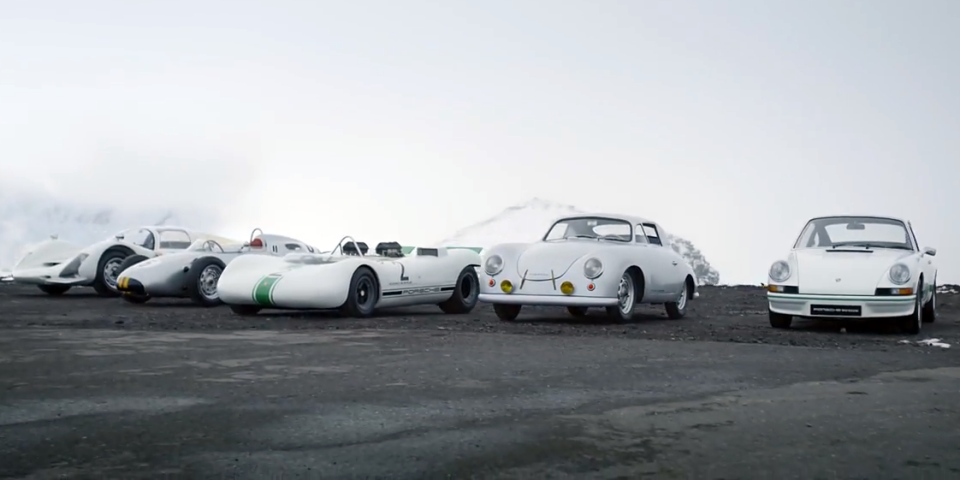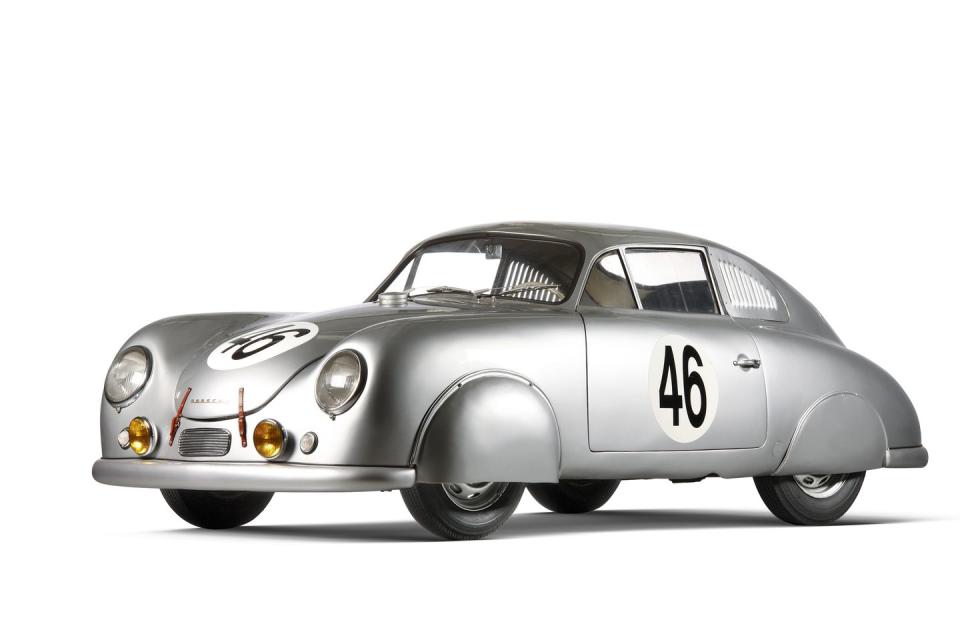Meet The Five Lightest Factory Porsches

Today, Porsche will happily sell you a track-focused 911 with a 700 horsepower engine. The GT2 RS also went on a diet, but in its earlier years, the company had to shred even more weight off its cars to make them successful because of their occasional lack of power. Needless to say, the trend continued even when all the ponies were in house, like in the case of the mad 917K. The fact that those race cars came with drilled keys could have made Colin Chapman's eyes watery.
This time around, the Porsche Museum drove up the Grossglockner mountain pass in Austria to present five of the lightest Porsche models ever produced. And according to them, the list starts with a 911. That puzzles me, because I believe 917s are lighter than any 911.
Still, when it comes to the grandfather of contemporary RS Porsches, the genesis year was 1973. The Sport version of the 210 horsepower 2.7 Carrera RS hit the scene with its ducktail, buckets at the front, no rear seats, no clock, no passenger sunshield, door arms, or ashtrays. At 975 kilos (2149 lbs.), it was Rennsport indeed.
Fourth place goes to the 906 Carrera 6, Porsche's last road-legal race car from 1966. Its tubular chassis was wrapped in fiberglass, its 210 horsepower 2-liter flat-six was in the middle, and the German TV channel ZDF ended up getting a 675 kg (1488 lbs.) camera car.
The runner up of this game is the 356 SL, Porsche first Le Mans winner. A sleek coupe made of aluminum, powered by a 75 horsepower engine. That was plenty for something as light as 640 kg (1410 lbs.), at least in 1951.

Open seater Formula cars are always light, and Porsche's 718 Formel 2 from 1959 didn't disappoint. With a 1.5 liter DOHC engine producing 150 horsepower, this 456 kg (1005 lbs.) wonder was destined for racing glory.
But when it comes to lightness, nothing can beat the 909, otherwise known as the Bergspyder. Built for hillclimbs using the methods pioneered by the Maserati Birdcage, this plastic-bodied aluminum space frame featured a 275 horsepower flat-8 in the middle, while weighing 384 kilos. Call that 846 lbs. if you will, it's still insanely light for anything packing eight cylinders.
You Might Also Like

 Yahoo Autos
Yahoo Autos 